Death of the Dragon God Lake: Voices from Tasik Chini, Malaysia is a family ethnography focusing on the Jakun of Tasik Chini, Malaysia, and their contemporary struggles. The Orang Asli—West Malaysia’s indigenous people—comprise only 0.6 per cent of the country’s total population, and within this group, the Jakun of Tasik Chini number around 500. While recent decades have seen efforts to ‘modernise’ them, this official spin cloaks the denial of Orang Asli’s self-determination and the concurrent damage being done to their traditional land. As part of their condensed ethnography, the authors conducted interviews and field discussion groups, observed the adults and children living around Tasik Chini, and gathered information about their lives today and how they compare with the recent past. The lake is polluted, the children unable to swim in it as their parents did, and the natural beauty of the surroundings has been eroded, having an impact on tourism as well. With awareness of their positionality as foreign anthropologists, the authors examine the contradiction between the authorities’ and indigenous narratives and reveal the efforts made by Tasik Chini community members to improve their situation on their own terms.
There has been much written about the Orang Asli, of course, mostly from an anthropological and often colonial context, recording lifestyles, belief systems and transitions from the nineteenth century onwards. One may also bring to mind the later post-colonial anthropological studies by such notables as Iskander Carey in 1976, as well as a lifetime of contributions by the eminent Hood Salleh at Universiti Kebangsaan Malaysia, that has added to a rich research corpus of significant works added to over time by many a well-known scholar. A worthy but rather well-trodden road, one might conclude, and therefore one where there is probably not too much more unexplored terrain to traverse.
This research monograph acts as a powerful argument that contradicts such a notion. There is very much more to learn, as well as to reveal, regarding the contentious impact of social policies aimed at integration, or rather, as is argued here (and elsewhere), assimilation. The predominant rhetoric in Malaysia regarding social and economic development is viewed as virtually an assumed and uncritiqued good; and which has undeniably helped certain impoverished communities and ethnic groups. It has also served to further marginalise others, pushing them deeper into poverty traps from which it is even harder to emerge; such is the case for the people studied here. The state is very effective at deflecting community resistance to the disenfranchisement of groups, using various adroit and heavy-handed strategies, and in turn, relegating communal voices to individual utterances which then turn to subdued stutters. We must also remember that no group, system or lifestyle remains monolithic and unchanging. Evolution from social, political and economic perspectives creates new opportunities and demands to understand fluid and mutable human conditions.
The aim of this study has altered radically in both design and operation from its initial inception. All participants, the local Orang Asli people, were instrumental in making these changes to this work to reflect their articulated needs and suggestions, in keeping with the principles of indigenous research methodologies. These, together with the circumstances and logistics of the research process, required the researchers to respond with the flexibility and innovation demanded by their chosen methodology: intensive ethnography. Consequently, the shared goal, as both researchers and participants, has been to capture participant voices of explanation, description, protest and lament—and duly to project them out to the external world. This is, therefore, the goal of the authors as subordinated to the request of local Orang Asli people, to whom this book is dedicated.



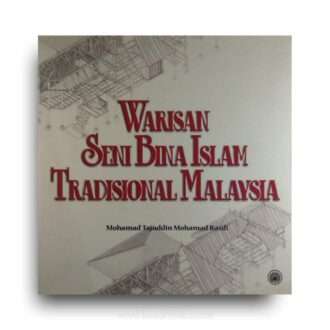
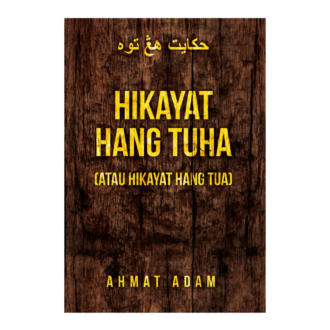

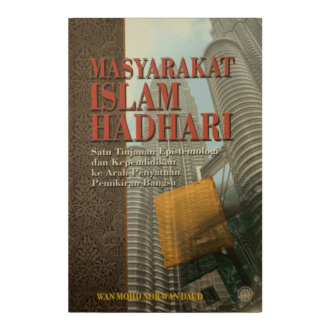
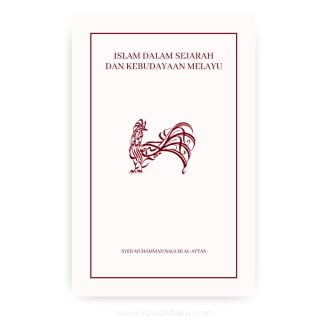

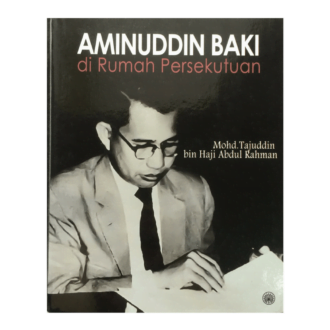

Reviews
There are no reviews yet